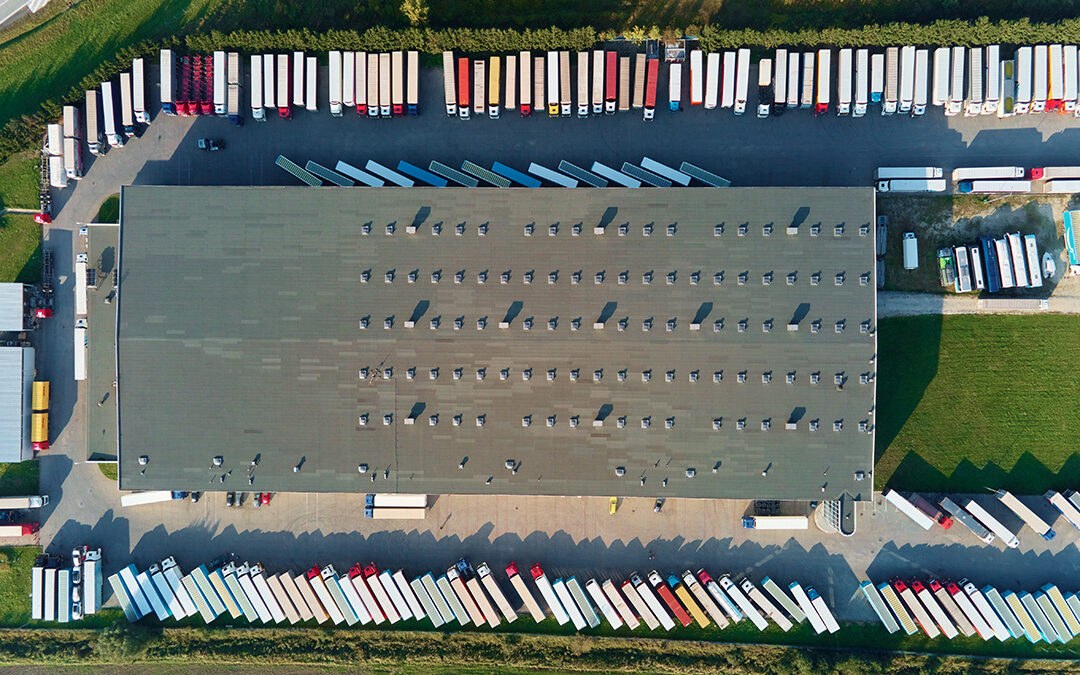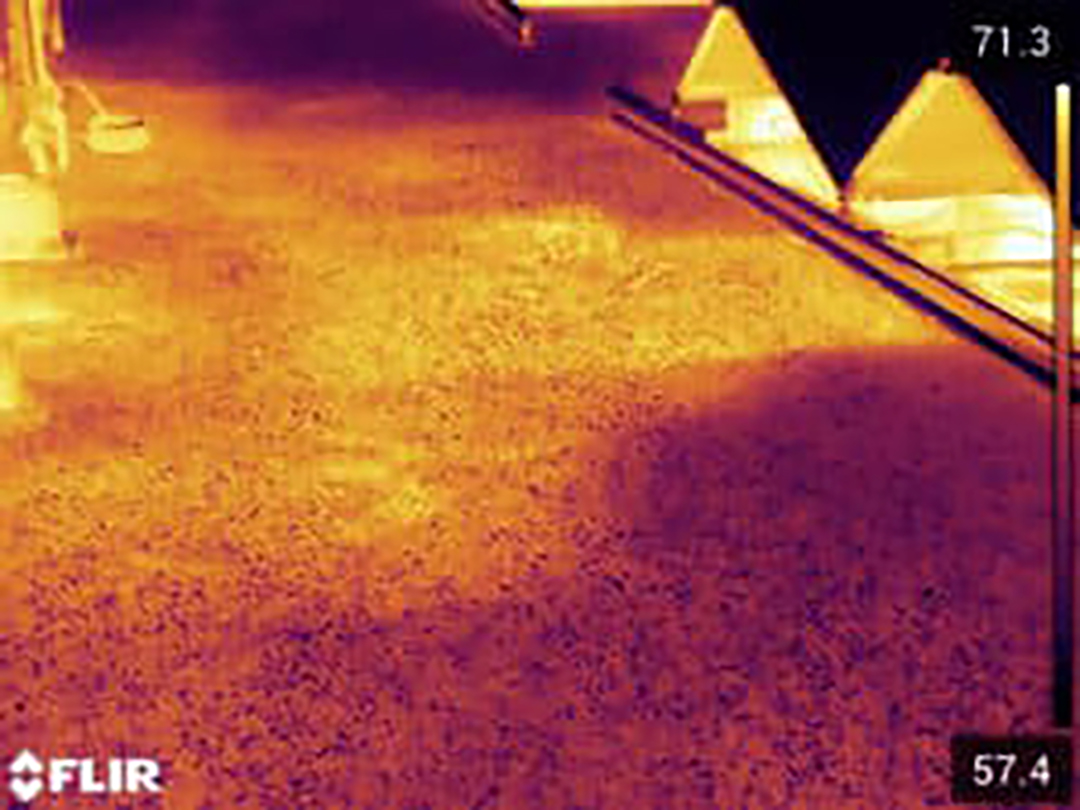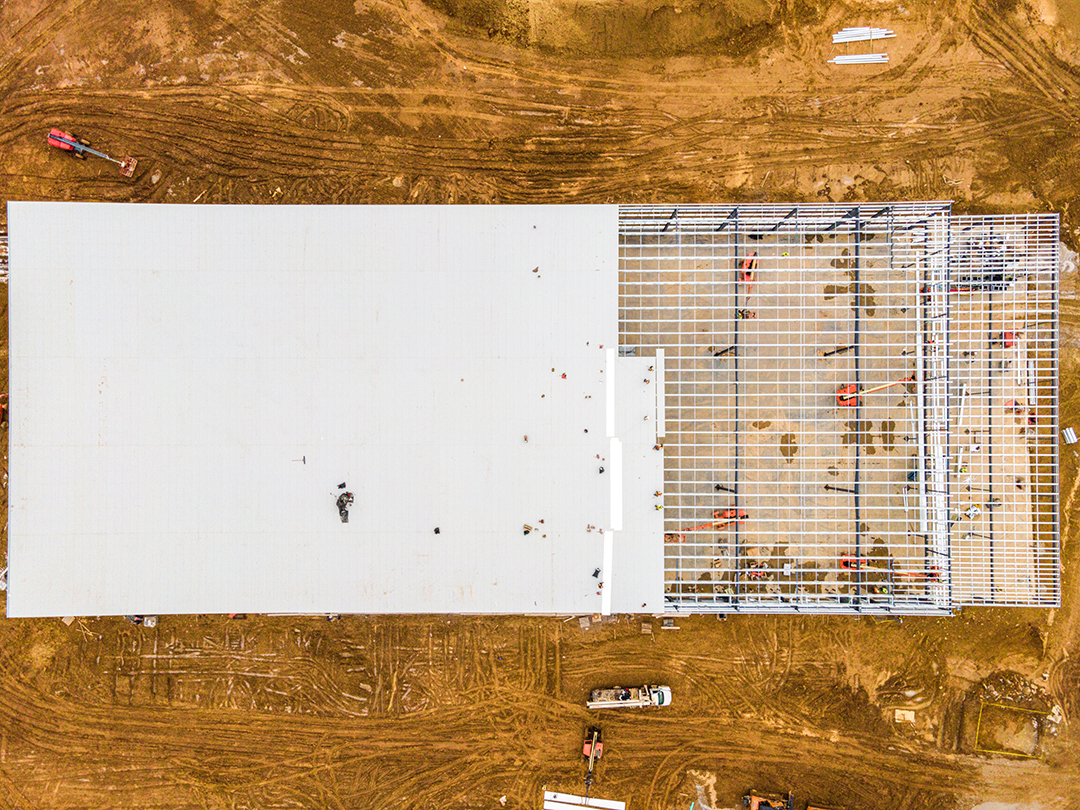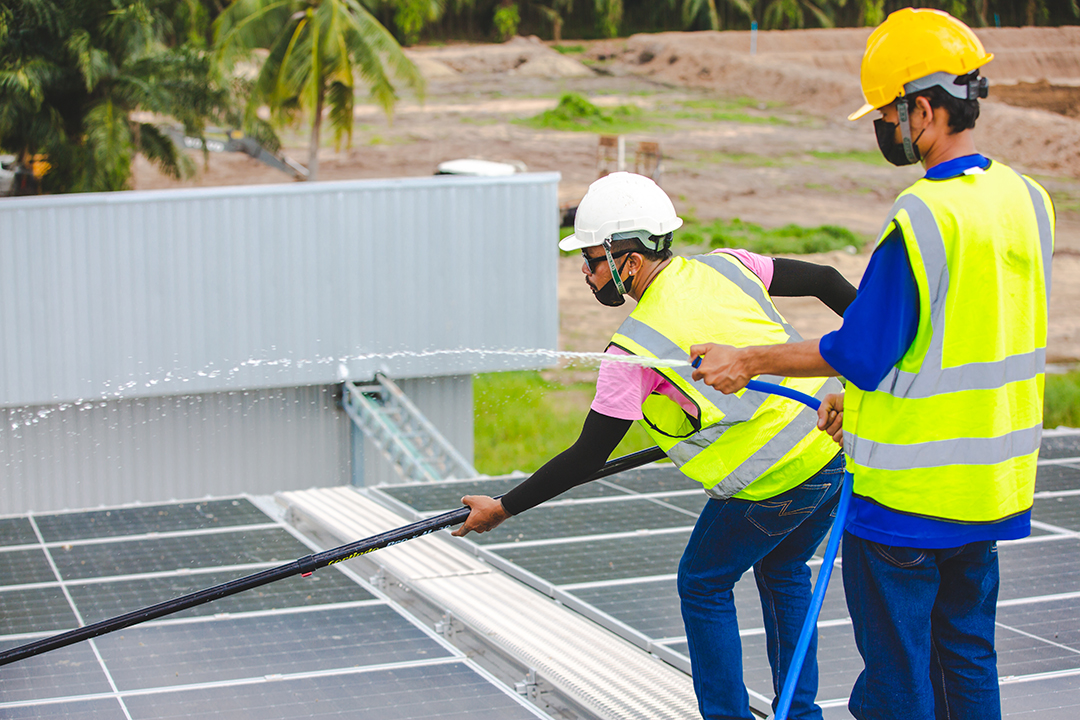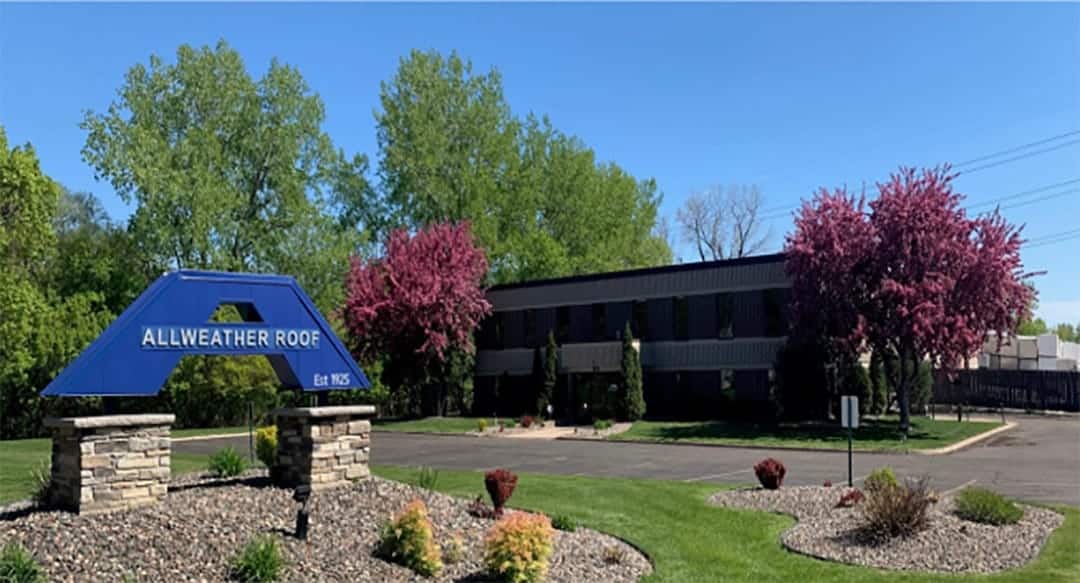Flat roofs, often the unsung heroes of commercial buildings and low-slope homes, silently shield us from the elements. But even these resilient guardians eventually succumb to the relentless march of time and weather. When leaks spring up, granules vanish, and puddles linger, it’s time to face the inevitable: a flat roof replacement.
While the prospect might seem daunting, fear not! Understanding the five key steps in this process empowers you to make informed decisions and approach the project with confidence. So, grab your metaphorical hard hat and let’s dive into the transformative journey of replacing your flat roof:
Step 1: Unveiling the Underlying Truth – The Inspection and Assessment
Before any demolition commences, a thorough inspection is crucial. Skilled professionals equipped with keen eyes and advanced tools like infrared cameras meticulously assess the existing roof. They meticulously scrutinize:
Membrane condition:
Tears, punctures, blisters, granule loss, and uneven wear reveal the extent of deterioration.
Flashing integrity:
Cracks, rust, and compromised sealant around vents, pipes, and other penetrations pinpoint potential leak avenues.
Drainage system functionality:
Clogged gutters, downspouts, and scuppers can lead to water pooling and subsequent problems.
Underlying structure:
The inspector checks for rot, warping, or structural deficiencies in the deck beneath the membrane.
Based on these findings, a detailed report is compiled, outlining the scope of the project, potential challenges, and recommendations for the new roof system. This report serves as your roadmap, guiding material selection, budget planning, and timeline expectations.
Step 2: Shedding the Old Skin – The Tear-Off and Removal
This video uploaded by GAF Roofing, provides a great overview of how to tear off a low-slope commercial roof.
With the plan in place, it’s time for the demolition crew to take center stage. Depending on the existing roof’s condition and local regulations, the removal process can involve:
Complete tear-off:
Removing all layers of the existing roof down to the bare deck is the most common approach, ensuring a fresh start for the new system.
Partial tear-off:
If the underlying structure and some layers are still sound, selective removal might be an option, saving time and materials.
Regardless of the method, proper disposal of removed materials is essential. Responsible roofing contractors adhere to environmental regulations and ensure clean work areas throughout the process.
Step 3: Building a Solid Foundation – Deck Preparation and Repair
Once the old roof is gone, the bare deck becomes the canvas for the new system. This stage involves meticulous preparation and, if necessary, repairs:
Cleaning and leveling:
Debris, dust, and uneven surfaces are addressed to create a smooth and stable platform for the new membrane.
Deck repairs:
Rotted or damaged plywood sections are replaced to ensure structural integrity. In some cases, additional reinforcement or leveling might be required.
Slope creation:
For proper drainage, the deck is often sloped slightly towards designated drains or scuppers.
Step 4: Laying the New Guardian – Membrane Installation
Now comes the moment of truth:
installing the new waterproof membrane, the heart of your revamped roof. The chosen material, be it EPDM, modified bitumen, or another option, is meticulously installed according to manufacturer specifications and industry best practices. This typically involves:
Underlayment installation:
Depending on the system chosen, an underlayment might be installed for additional protection and moisture control.
Membrane application:
Skilled roofers carefully roll out and adhere the membrane sheets, ensuring proper seams and secure attachment to the deck and flashing elements.
Flashing installation:
Critical points around vents, pipes, and other penetrations are meticulously sealed with specialized flashing materials to prevent leaks.
Step 5: The Finishing Touches – Final Inspections and Cleanup
With the new membrane in place, the final stage focuses on ensuring everything is shipshape:
Final inspection:
A thorough inspection by the roofing team and, ideally, an independent inspector verifies the quality of the installation and adherence to building codes.
Cleanup:
All debris and leftover materials are removed from the site, leaving your property clean and tidy.
Warranties and guarantees:
Reputable roofing contractors provide warranties on their work and the installed materials, offering you peace of mind for years to come.
Beyond the Steps: Embracing Informed Choices
Understanding the five steps of a flat roof replacement empowers you to make informed decisions throughout the process. Here are some additional tips to ensure a smooth and successful project:
Choose experienced and qualified contractors:
Research thoroughly, check references, and verify certifications before entrusting your roof to any team. Don’t be afraid to ask for detailed proposals and compare them before making a decision.
Compare and contrast material options:
Discuss the pros and cons of different membrane materials with your contractor, considering factors like lifespan, durability, cost, and maintenance requirements. Popular options include EPDM, modified bitumen, PVC, and TPO, each with its own unique characteristics.
Don’t skimp on quality:
While cost is a factor, remember that your roof is a crucial investment in your property’s protection and longevity. Opt for high-quality materials and reputable contractors, as cutting corners can lead to costly repairs down the line.
Seek permits and understand warranties:
Different localities may require permits for roof replacements. Ensure your chosen contractor obtains the necessary permits and thoroughly review the warranties offered on both materials and workmanship.
Communicate effectively:
Maintain open communication with your contractor throughout the project. Ask questions, express concerns, and ensure you understand the progress and any unexpected issues that might arise.
Understanding the five steps of a flat roof replacement empowers you to make informed decisions throughout the process. But navigating this journey alone can feel daunting. That’s where experienced and trusted partners like Allweather Roof in Golden Valley, Minnesota, come in.
For over 90 years, Allweather Roof has proudly served the Twin Cities metro area, specializing in commercial roofing solutions. Their team of highly skilled and certified professionals understands the intricacies of flat roof replacements, offering comprehensive services that go beyond the five steps outlined above. From initial inspections and material consultations to meticulous installation and final inspections, they ensure every detail is addressed with expertise and dedication.
Moreover, Allweather Roof values open communication and transparency. They’ll work closely with you throughout the project, answering your questions, addressing concerns, and keeping you informed every step of the way. Additionally, they offer competitive pricing, high-quality materials, and comprehensive warranties, providing you with peace of mind and value for your investment.
So, whether your flat roof whispers warnings of wear and tear or simply requires a preventative checkup, contact Allweather Roof today. With their extensive experience, unwavering commitment to quality, and dedication to customer satisfaction, they’ll transform your flat roof replacement into a smooth and successful journey, safeguarding your property for years to come. Let Allweather Roof be your trusted partner in navigating the path to a worry-free roof overhead.

